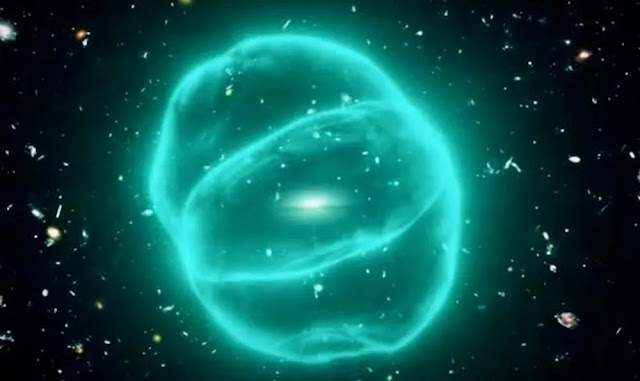Astronomers Discover A Space Structure Of Unknown Origin Larger Than The Milky Way Galaxy
rael-science
Astronomers Discover A Space Structure Of Unknown Origin Larger Than The Milky Way Galaxy
These colossal phenomena may have diameters of a million light years —
nearly ten times larger than our galaxy — and are still unexplained.
ORCs
are so rare that only five of them have been discovered, with six more
candidates not yet confirmed. Scientists simply do not know what they
are and cannot explain these beasts of proportions incomprehensible to
humans.
A new scientific study published on March 20 sheds new
details on the first of these phenomena. The spectacular images — which
you can see in this article — were captured by the South African MeerKAT
radio telescope and correspond to the object known as ORC1 (ORC
J2103-6200). Never before has an ORC been seen in this incredible level
of detail. The work offers so much detail that, as the journal Nature
points out, the radio astronomer of the National Autonomous University
of Mexico Alice Pasetto affirms that "this discovery will initiate new
scientific investigations among astronomers",
Unsolved Mystery
According
to radio astronomer Bärbel Koribalski — of the Australian Commonwealth
Scientific and Industrial Research Organization in Sydney — “ it is
reminiscent of a Fabergé egg or a soap bubble.” The outer circle
“measures more than a million light-years in diameter, ten times the
diameter of the Milky Way, with a series of smaller rings inside it.
 |
| The mysterious ring 16 times larger than our galaxy (J. English U. Manitoba/EMU/MeerKAT/DES CTIO) |

